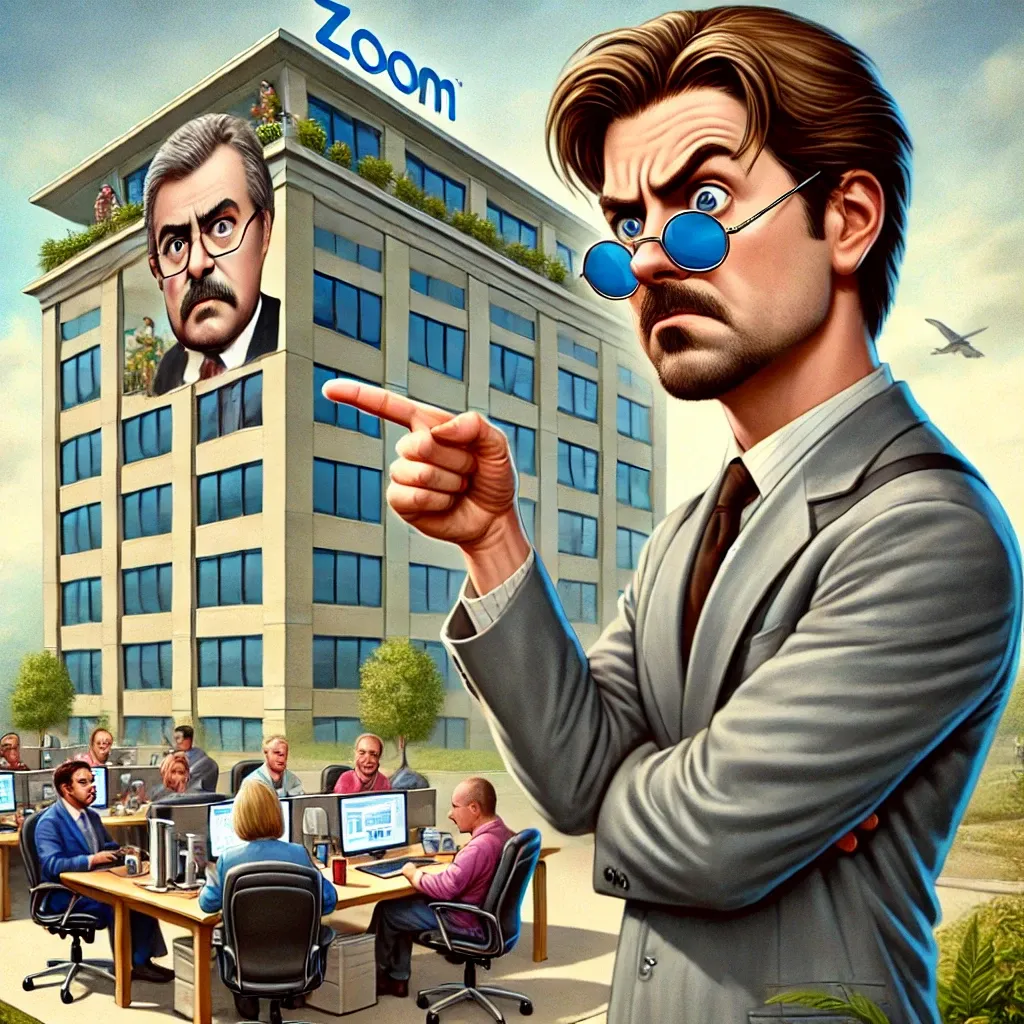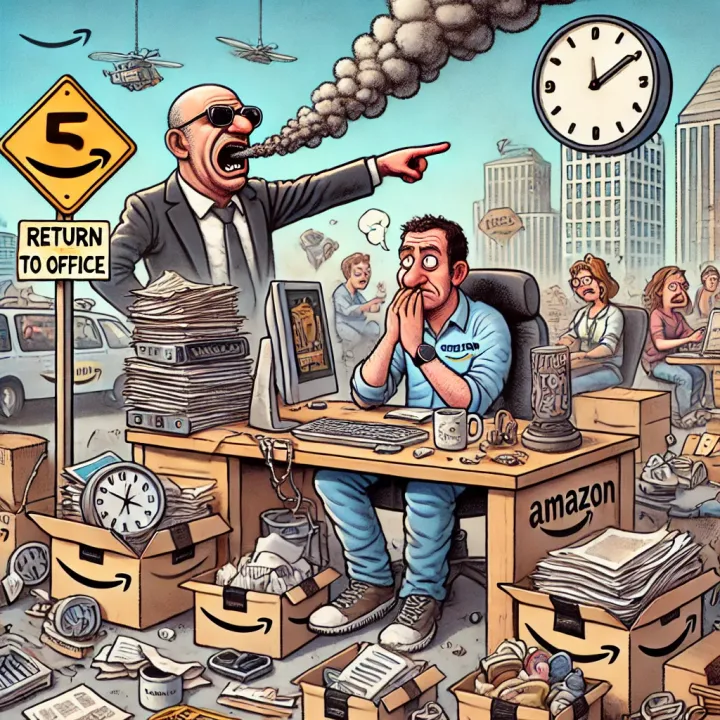Zoom's Hilariously Out-of-Touch Return to Office Mandate

Welcome to “Work from Home Bullshit,” where we dissect the most absurd corporate decisions and laugh at how out of touch executives can be. Today, we turn our gaze to Zoom—the company that became synonymous with remote work during the pandemic—announcing its decision to drag employees back to the office. Yes, you read that right. The poster child for remote work is demanding butts in seats. Has hell frozen over?
Zoom: Masters of Irony
In a recent Fortune interview, Zoom’s chief people officer, Matthew Saxon, waxed poetic about the importance of in-person work. According to Saxon, while Zoom’s primary workforce is still majority-remote, understanding the needs of their fully in-office customers requires local employees to be physically present.
So, Saxon and his C-level peers decreed that if you live within 50 miles of a Zoom office, you must come in two days a week. Because nothing says “we understand remote work” like forcing employees into a commute for arbitrary face-time.
The Hypocrisy is Real
Here’s the kicker: Saxon himself works fully remotely from Austin. “I think I can manage people at Zoom effectively while working fully remotely,” he told Fortune. Oh, really, Matt? So, it’s fine for you to Zoom in from your cushy home office, but your underlings need to schlep into the office twice a week to feel the magic of in-person synergy? Classic “rules for thee, but not for me” situation.
The Flimsy Justifications
Saxon insists that these two in-office days are filled with “meaningful in-person work” like training and all-hands meetings, plus a casual after-work drink. Because nothing screams productivity like mandatory happy hours.
“But I don’t think people need that all the time,” Saxon generously added. Gee, thanks for the insight. Apparently, a “sprinkle of in-person work” is the secret sauce to enhancing products and improving efficiencies. Maybe that’s what Zoom’s been missing all along—a sprinkle of forced office attendance.
Explaining the 'Why'
When employees understandably asked why they needed to return to the office, Zoom’s leadership team had a “good, honest conversation” about their products and customer base. Translation: they pulled out every cliché in the corporate playbook to justify their outdated management style.
“We had a more laissez-faire approach to coming in on certain days, it was sub-optimized,” Saxon explained. So, the solution was to enforce a rigid schedule, because nothing optimizes creativity and productivity like a lack of flexibility.
Proximity Bias: The Unacknowledged Secret
Saxon admitted that proximity bias—favoring those who are physically present—exists and helps newer workers succeed. “It’s incumbent upon us to ensure quality information flow,” he said. Yet, Zoom still proceeded with several layoffs, including one in February that cut almost 2% of its workforce. How’s that for quality information flow?
Culture as a Garden
Saxon concluded with an analogy comparing corporate culture to a garden, needing constant care and attention. “Culture is a super, super, super nuanced but important thing that requires a thoughtful approach,” he said. Yes, because nothing says “thoughtful approach” like forcing remote employees into a hybrid model that even your chief people officer doesn’t follow.
In the grand tradition of “Work from Home Bullshit,” Zoom’s return-to-office mandate is a shining example of corporate hypocrisy and out-of-touch leadership. So, here’s to you, Zoom. May your garden of culture thrive with the same vigor as your employees’ eye rolls. And to everyone else: keep those Zoom cameras off and enjoy the remote work revolution while it lasts.
source: Why Zoom—yes, Zoom—went back to in-person work, according to its chief people officer



